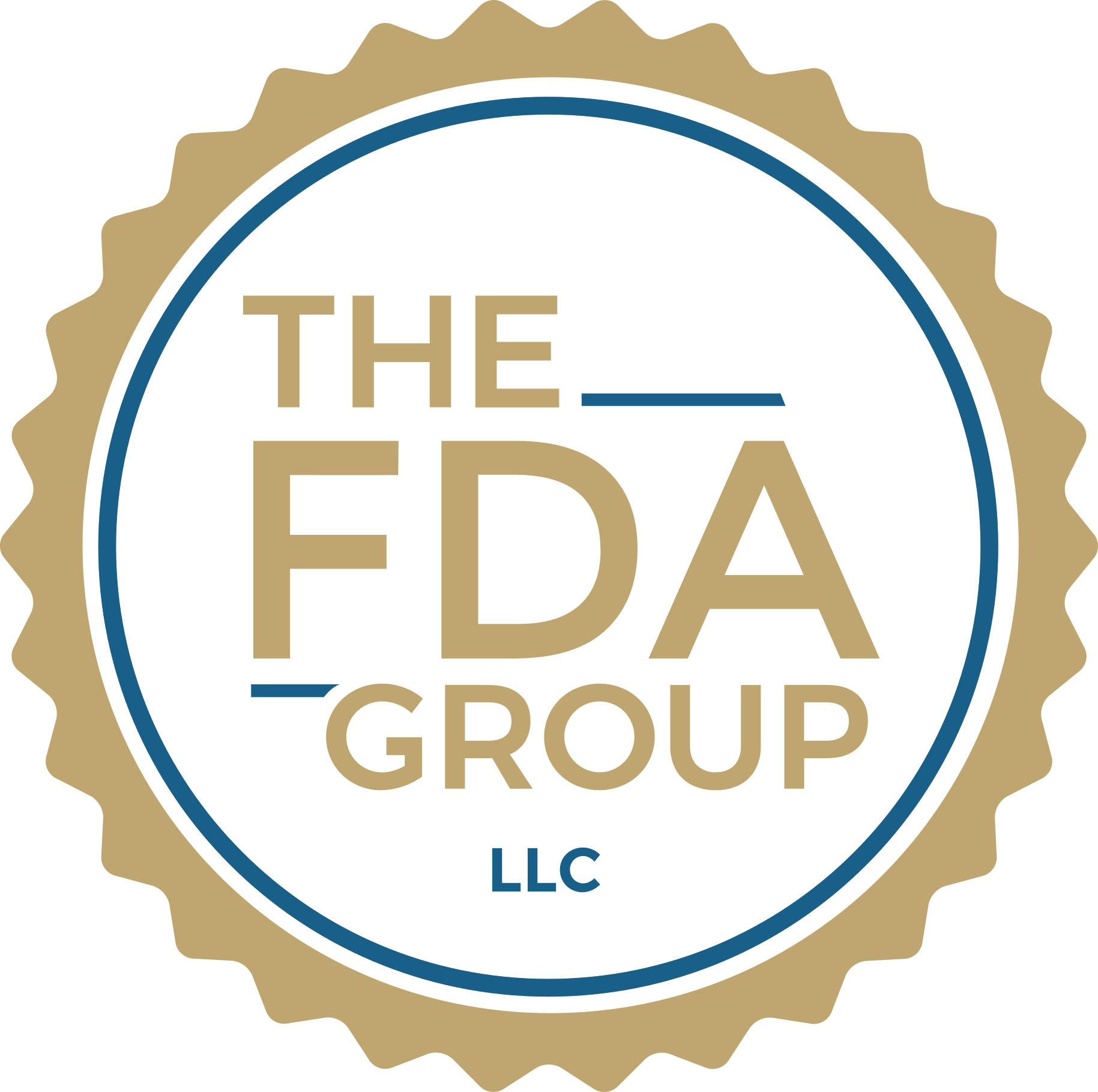On January 31, 2024, the FDA announced significant updates to its quality system requirements for medical devices, marking the most substantial revisions in decades. The newly finalized rule integrates the international consensus standard ISO 13485 into the FDA's framework. This rule effectively replaces the existing QSR with the new QMSR, aiming for global harmonization and more efficient regulatory processes.
ISO 13485 is already a recognized standard for medical device quality management systems and is used in multiple countries as well as in the Medical Device Single Audit Program (MDSAP), where the FDA participates along with other regulators. The final rule, which will come into effect on February 2, 2026, amends 21 CFR Part 820 to require compliance with ISO 13485. However, it also introduces additional requirements needed to satisfy the Food, Drug & Cosmetic Act (FDCA). Importantly, manufacturers are not mandated to obtain ISO 13485 certification, and the FDA will not rely on such certifications for its oversight activities.
The final rule also incorporates Clause 3 of ISO 9000, which provides essential terms and definitions for the application of ISO 13485. Additionally, there are conforming edits to clarify the device quality management system requirements for combination products.
While the QMSR appears significantly different from the QSR, the FDA maintains that the fundamental requirements remain unchanged and that the QMSR's scope does not extend to manufacturers of components and parts or to third-party servicers and refurbishers. However, some exceptions in the previous regulation, such as FDA inspection of management review and quality audits, have not been maintained in the interest of global harmonization.
The QMSR includes several additional, clarifying, and superseding provisions to align with FDA’s statutory and regulatory framework. These include specific definitions, recordkeeping requirements for complaint handling and servicing activities, and additional requirements for device labeling and packaging controls.
Despite these changes, the FDA acknowledges that the transition to the new QMSR will be challenging for manufacturers, who must revise quality procedures and maintain compliance with the QSR during the transition period. The agency also recognizes that there are some differences between ISO 13485 and the QSR that could create inconsistencies, and as such, does not plan to provide a direct comparison of the regulations.
In conclusion, while the new QMSR integrates ISO 13485 to streamline and harmonize quality management regulations globally, it also introduces specific adaptations to ensure compliance with FDA's broader regulatory requirements. Manufacturers are advised to begin preparing for this transition well ahead of the 2026 implementation date to ensure seamless compliance.

